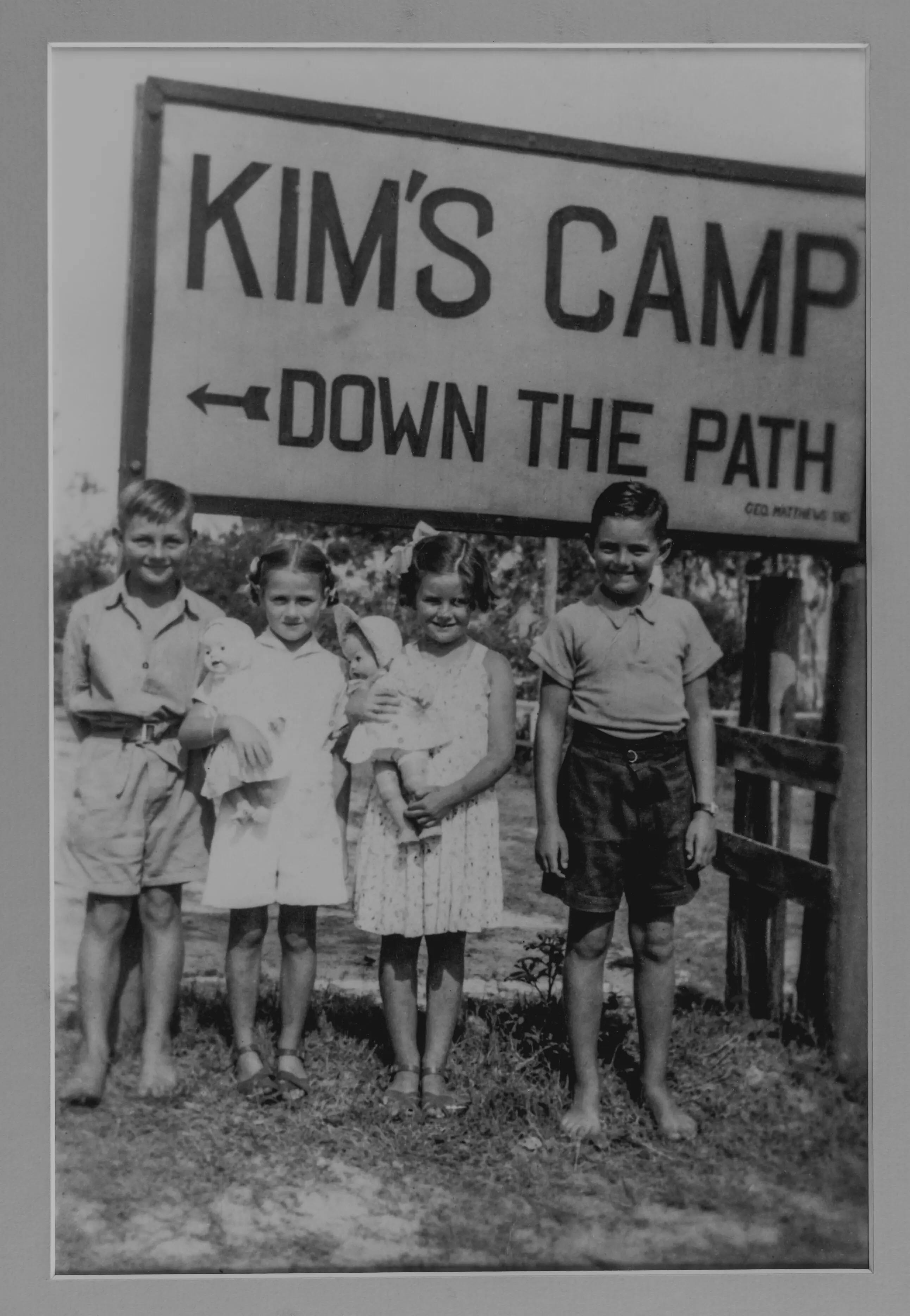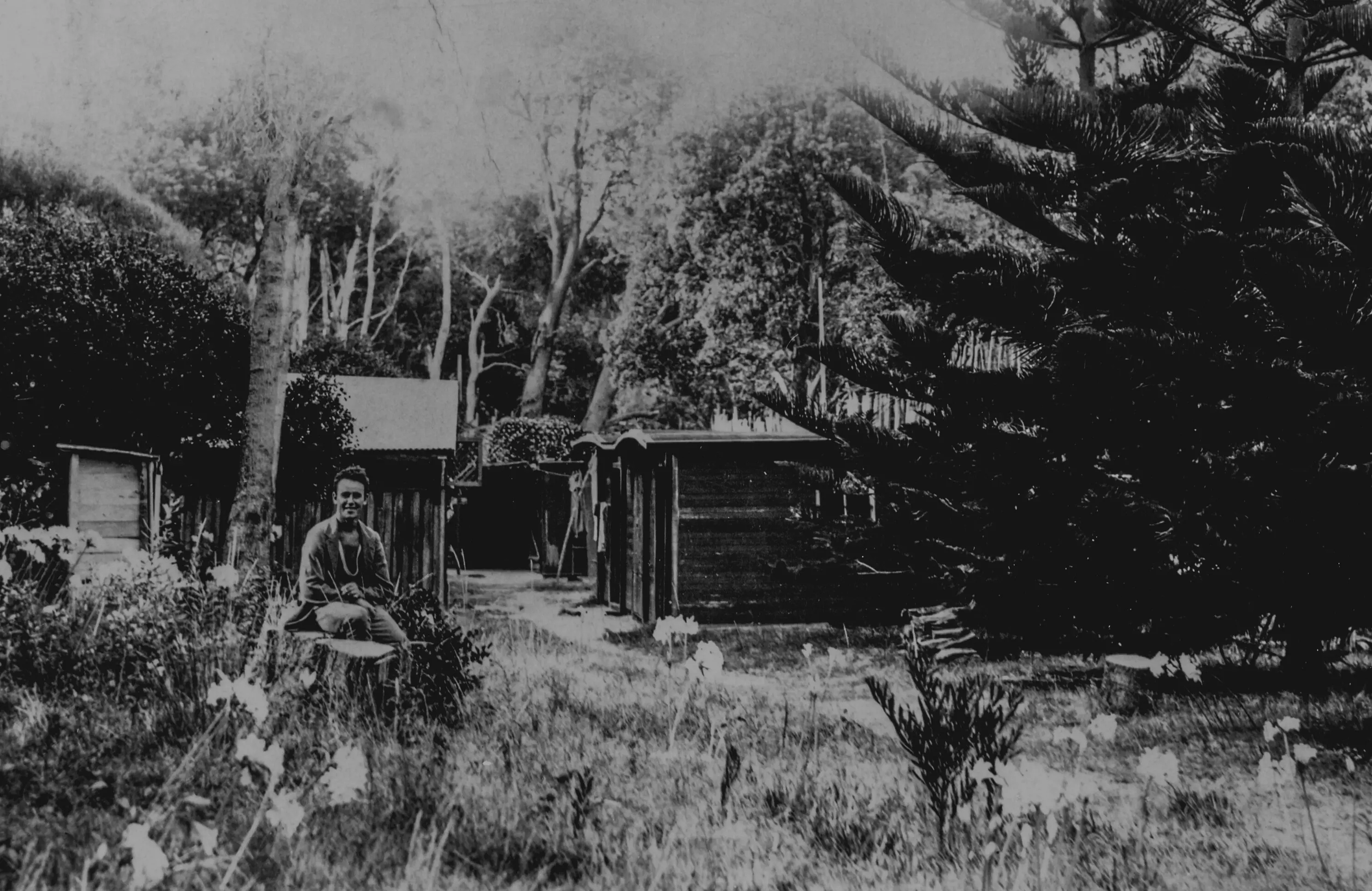
History
Kims history dates back over 139 years...

Kims - A Journey Through Time
Kims history dates back 130 years
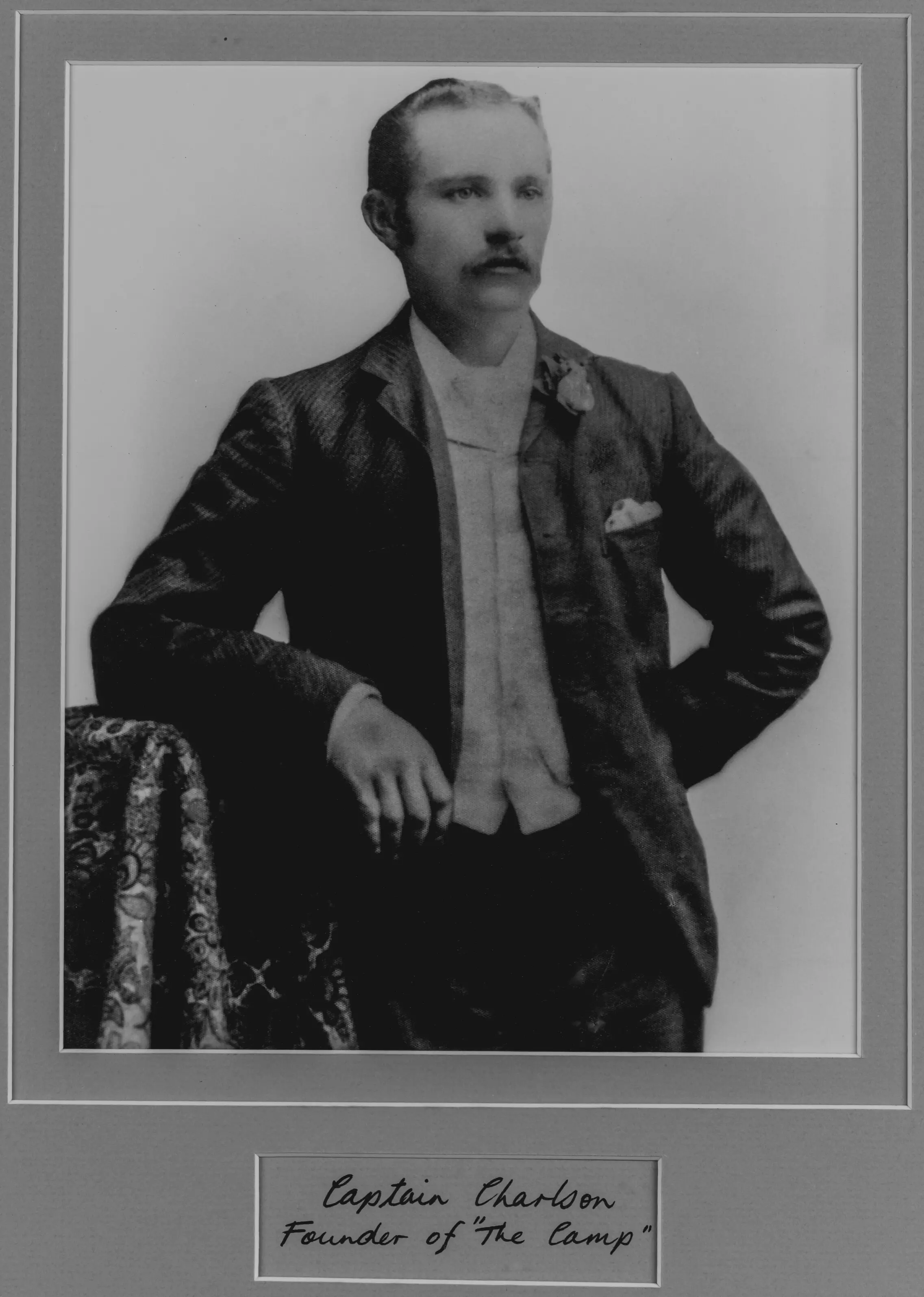
Captain Charlson
Kims' history dates back to 1886, when a local seafaring merchant, Captain Frans Charlson, established "The Camp" on the shore of Toowoon Bay. On his trading route to Norfolk Island, Charlson stopped at the picturesque inlet (then called Chinaman's Bay) for freshwater, attracted by the natural spring running down to the yellow ribbon of beach. (It was the Captain who planted the stately avenue of Norfolk Island pines we enjoy today - he planted over 100 in the general area.) This remarkable spring water is used by Kims to this day; the mineral content matching that belonging to The Great Dividing Range.

For Whom the Bell Tolls
Charlson thought the bay an excellent place to bring professional people to camp on his way ferrying cargo to Norfolk Island (collecting his guests on his return voyage). Soon a slab-timbered kitchen was built which also served as the dining room. A bell summoned guests to this dining room and rang thrice daily for more than a century. This custom dates back to when men wore pocket watches, which they would not risk on sandy beaches, and the tradition of using a brass bell to signal the hour would have come naturally to Captain Charlson. (The original bell was taken down in 1940 and donated to the war effort and was replaced with a triangle during the conflict.)
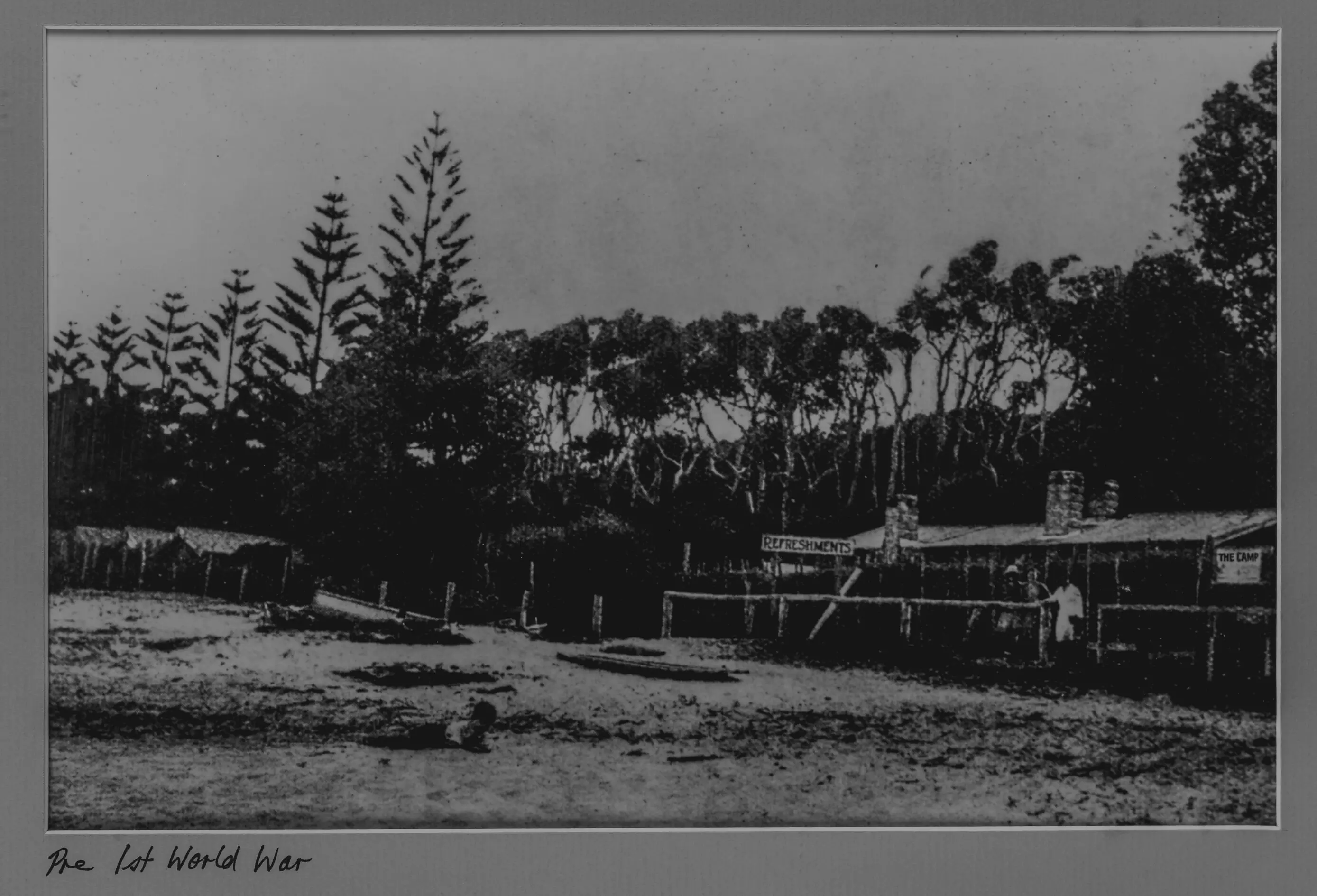
From Little Things Big Kims Grows
In those days guest accommodation was crude, comprising tents and later simple timber cabins. Timber was in ample supply in the area. Indeed, the neighbouring suburb of Tumbi Umbi was highly valued for its timber. Tumbi Umbi is the Darkinjung word for "place of tall trees". This timber was carted by bullock team to Toowoon Bay. Later Charlson blazed a horse and cart track from Long Jetty to Toowoon Bay.
This road now comprises Archibald and Toowoon Bay roads. From this road, curling paths wound through the thick coastal rainforest and around the natural springs to the deserted beach. Timber was subsequently offloaded onto ketches for building the burgeoning city of Sydney.
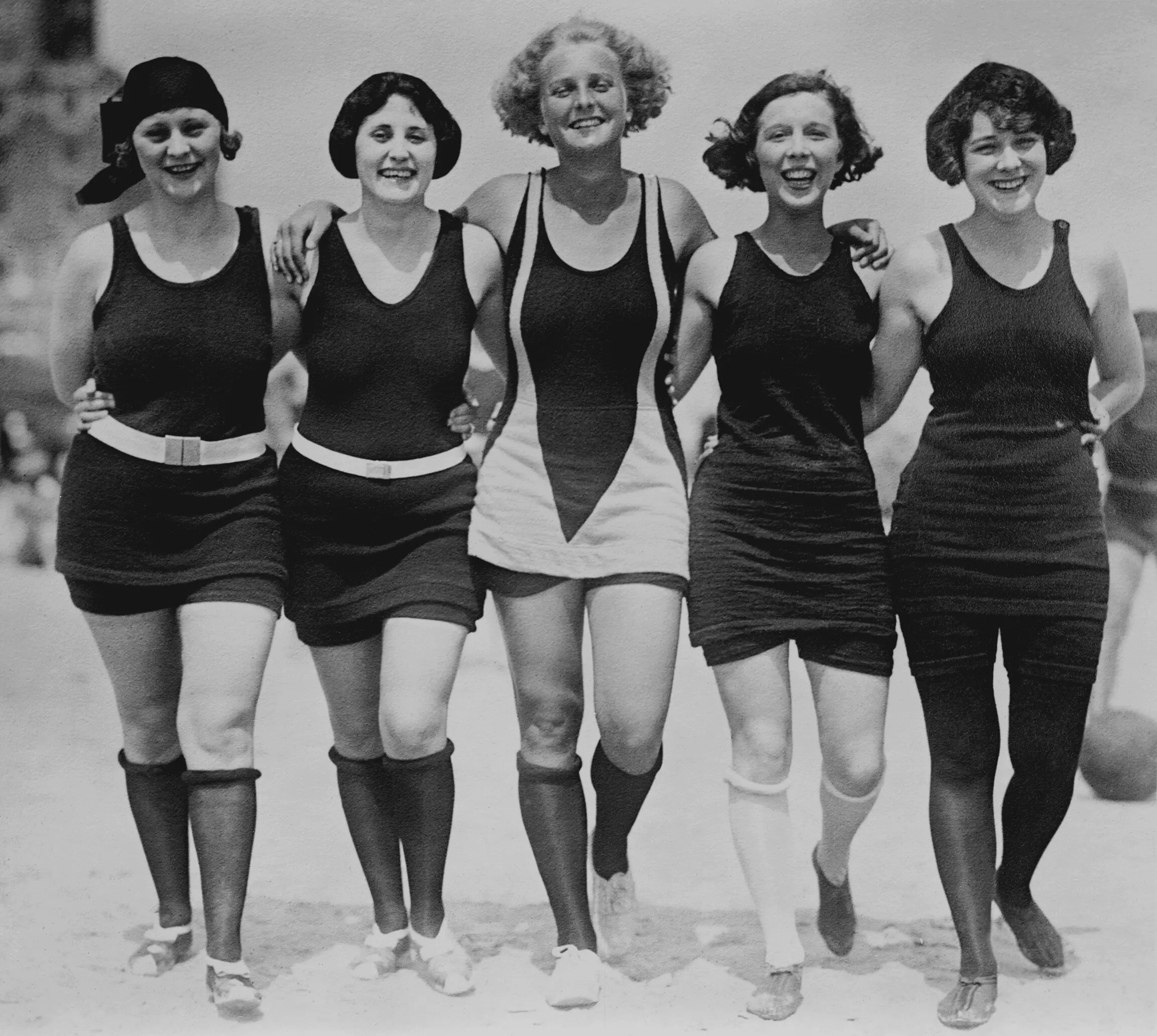
Beachbums
Kims Camp was a "gentleman's only" retreat until the turn of the century when rules were relaxed to allow women to stay at Kims. Moreover, Australians constricted by Victorian notions of propriety, enjoying the beach was very much a "dress up" affair, with nary a glimpse of bare flesh allowed. It was not until 1902 that laws prohibiting bathing on open beaches during daylight hours were lifted.

Rustic Rooms
In the 1920s two Americans, the McKimmins brothers, who started Sydney's first ice cream parlours (the brothers' secret recipes are still in use today at Kims), purchased the retreat and improved the accommodation. It was the McKimmins who used their surname to create the name "Kims Camp". However, by today's standards Kims was still a rustic experience. Walls were bare timber and the furniture consisted of an iron bed with Kapok mattresses, a night chamber pot, a broom and a towel. (Note in the photo the three inch nails for the "wardrobe".)

Caretaker's cabin with fenced vegetable garden circa 1930s
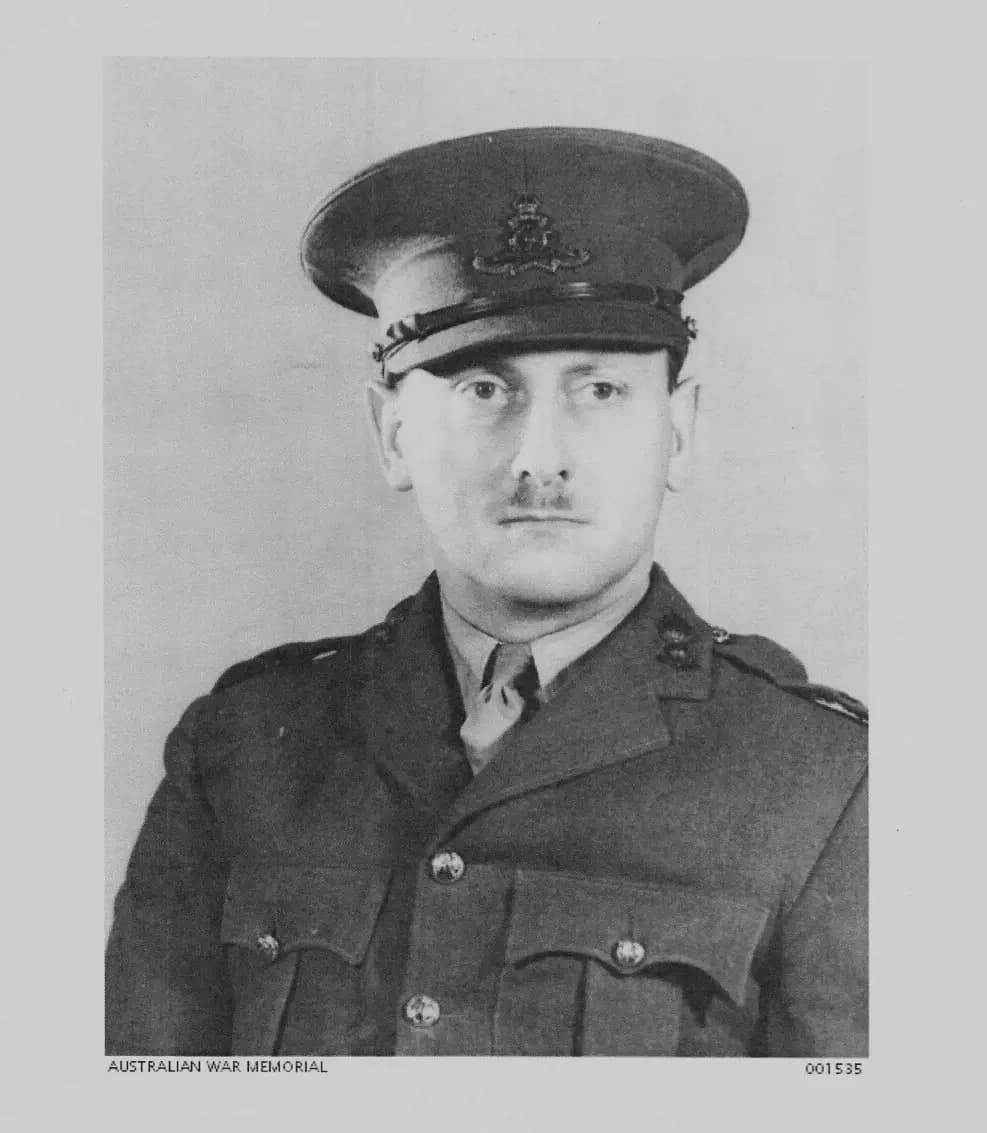
‟Sydney needs a place to recover after this blasted war”
- Colonel Clive Loc Hughes-Hallett
Colonel Kims
Enter a retired British army colonel, Colonel Clive Loc Hughes-Hallett. The Colonel was a fascinating and colourful character. Before the war, he studied Japanese, subsequently winning a scholarship to study at Tokyo University in the late 1930s. During this time he took many secret photographs with a tiny spy camera, which proved invaluable to the war effort in years to come. Reporting directly to the British Secret Service, the Colonel also travelled to Vladivostok and across Siberia taking hundreds of secret photographs. But more on "Siberia" later. (Something of the Colonel's - and later Andrew Strachan's - connection with Japan remains in the presence of courtesy guest yukatas, Japanese lanterns and shoji screens in many of the cabins.)
When World War 2 finally broke out, the Colonel (then a major) joined the Australian Army. He was posted to the Middle East, fighting in the Syria-Lebanon Campaign against the Vichy French. However, when Japan entered the war he was promoted to colonel and proved invaluable to Allied intelligence services, having studied in Japan. After the end of World War II, the Colonel, probably suffering from what we'd now call Post-traumatic stress disorder (PTSD), purchased the retreat from the McKimmins brothers, and shortened the name from Kims Camp to "Kims".
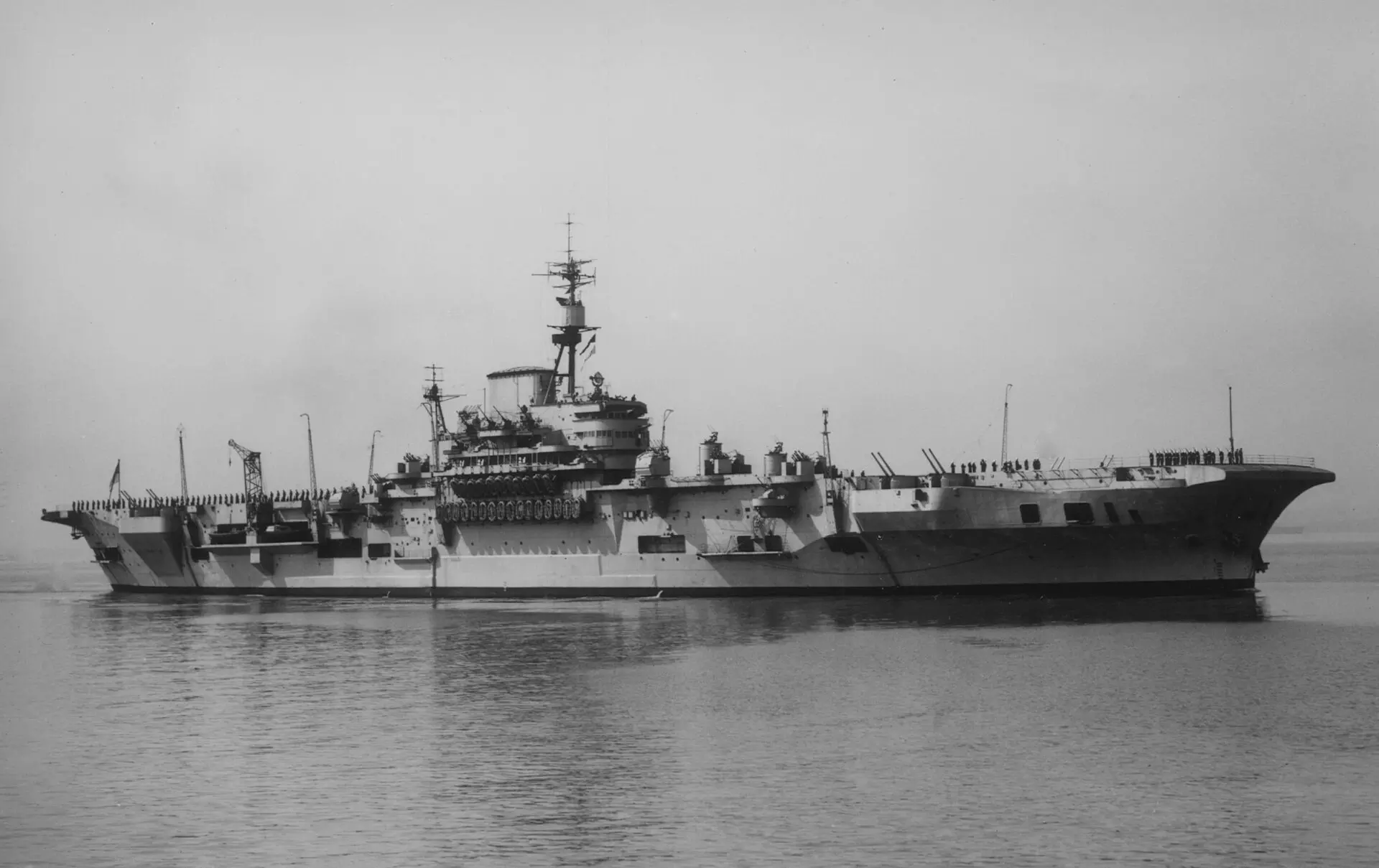
Implacable Timing
The Colonel, being a military man, kept many of the naval traditions of Captain Charlson. In another maritime connection, in the late 1940's, Hughes-Hallett's brother, who was then the captain of the aircraft carrier, "Implacable" (who later became Vice Admiral) was on a goodwill visit to Australia. He donated a replica of the ship's bell to replace the thrifty triangle. This, and the subsequent bell, chimed guests to the dining room for nigh on a century.

Cabins 5,6,7,8 in the 1930s
Currying Favour with Guests
During the Colonel's time, Kims acquired a reputation for its dining room - one that has been honoured ever since. When you enter Kims, note the railway tracks used for guest luggage since the 1920s. This was used to transport coal to fuel the kitchen's great "Arga" stoves. Beside the kitchen is the dining room. When you sit in the main dining room, do lookup. You'll see Kims' punkahs. A punkah is a Hindi word meaning a type of fan used since the early sixth century B.C. The word pankha originated from pankh, the wings of a bird which produce a draft when flapped. The punkahs underscore that Kims is a palimpsest of its erstwhile owners' eccentricities.
Kims is renowned for its curries. Why? The Colonel's father was part of the British Raj. (The British Raj refers to the period of British rule on the Indian subcontinent between 1858 and 1947.) Hughes-Hallett's father's batman (in the British armed forces a batman is an officer's servant) brought back curry recipes from India for Kims (recipes still used in Kims's curries today). At a time when olive-oil was sold in chemists and spaghetti came in tins, ingredients for authentic curries were impossible to find in Sydney. So Kims sourced them from Veeraswamy, a restaurant in Piccadilly London, (still in business) that's been operating since 1926. Kims imported said ingredients from Veeraswamy right up until the late 1950s. This also underscores the dedication to excellence that has been the hallmark of the Kim's dining experience ever since.
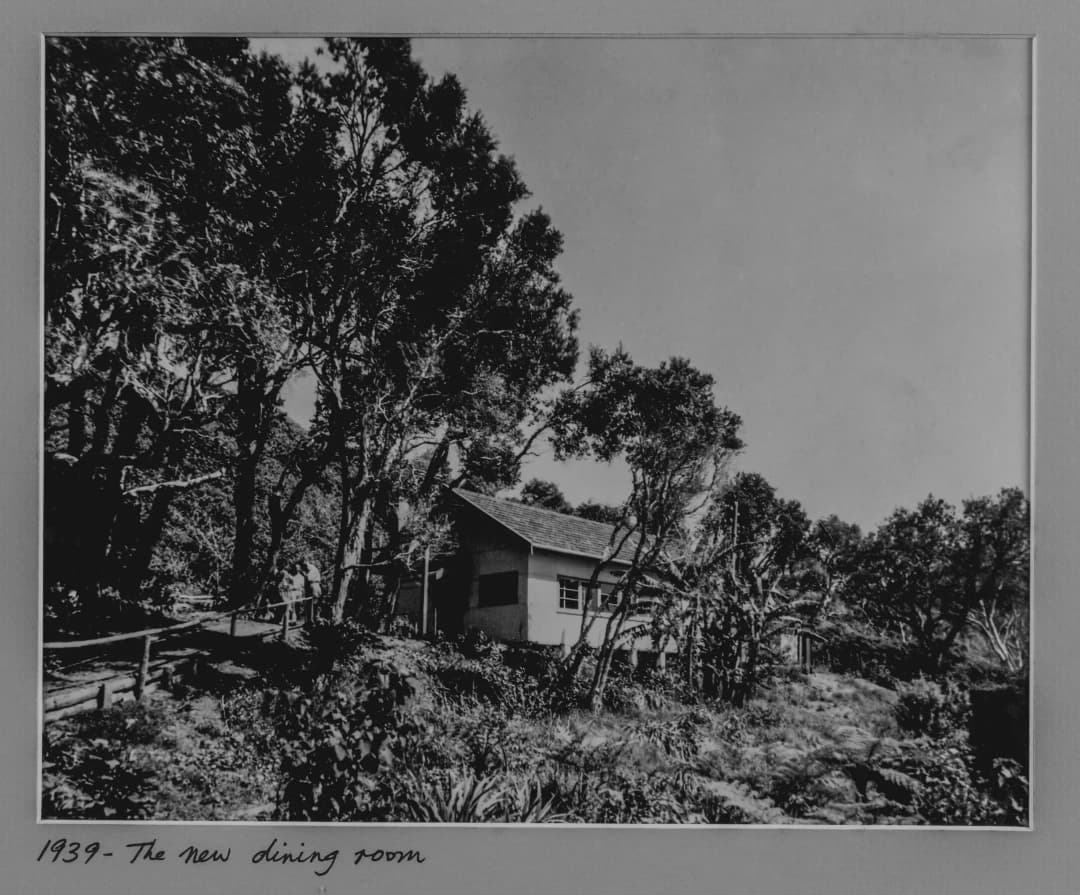
1939 - New Dining Room
Known as the "Fibro Majestic"

1950 - Dining Room
The Cuisak family in the dining room
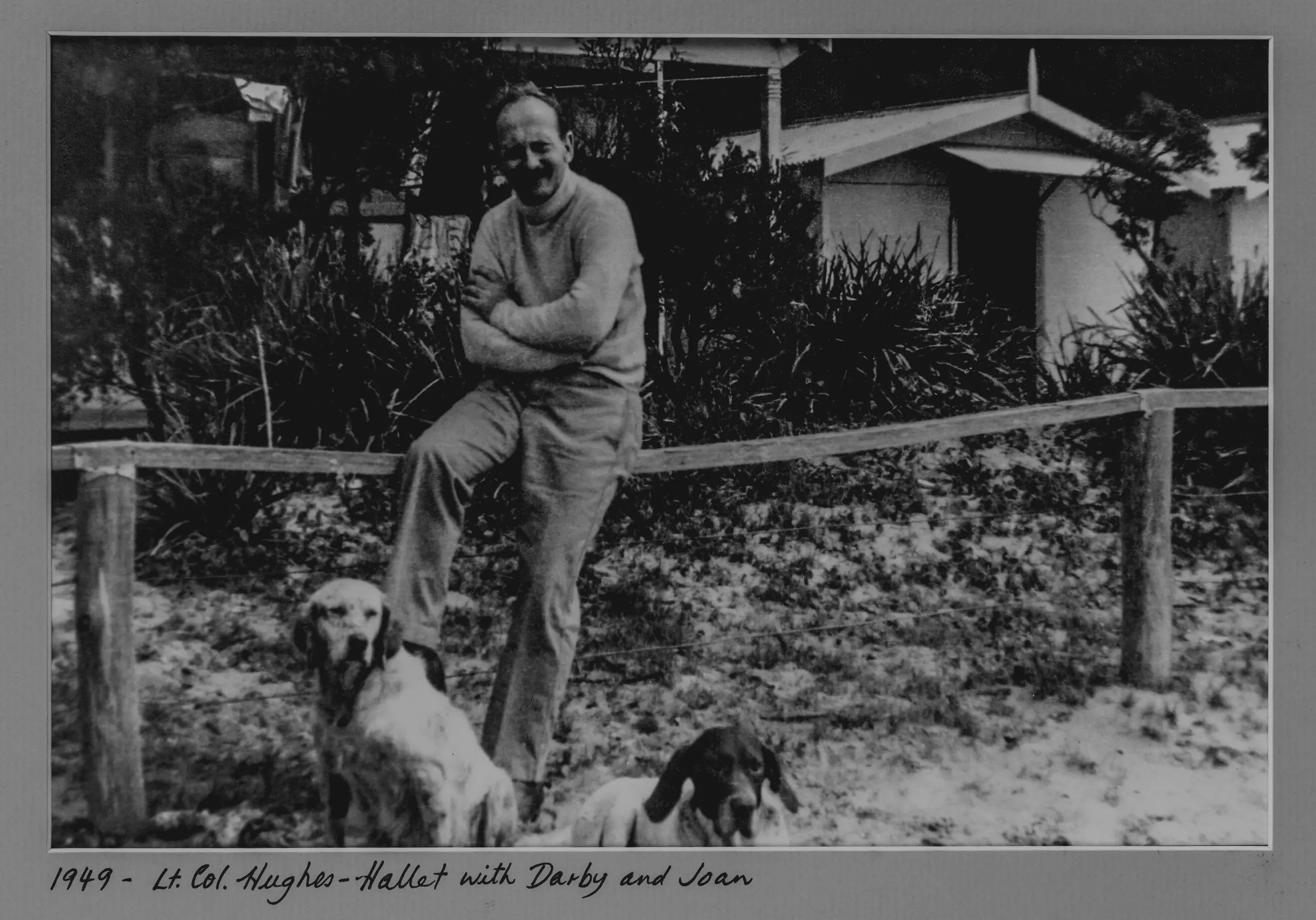
Darby and Joan
1944 - Lt. Col Huges-Hallet, with his dogs 'Darby and Joan'. The Colonel purchased the resort on sick leave during WW2

The Spies Who Came in From the Cold
The Petrov Affair dominated Australian headlines in the mid-fifties. For months Australians were fascinated by stories of espionage and political conspiracies. Indeed, the Petrovs defection was regarded by Western intelligence services as a critical Cold War incident. However, few people know that the Petrovs were hidden from the KGB for a time at Kims Camp. For approximately six months Mr Petrov worked as a gardener while Mrs Petrov worked as a scullery maid. It's believed that the Colonel - who'd spent time in Vladivostok before the war - still had connections with the secret service and facilitated their stay. It was very hush-hush at the time but the clue lies in the fact that six cabins on the far side of Kims in the late 1950s/60s - with a wink and a nod - were always known as "Siberia."
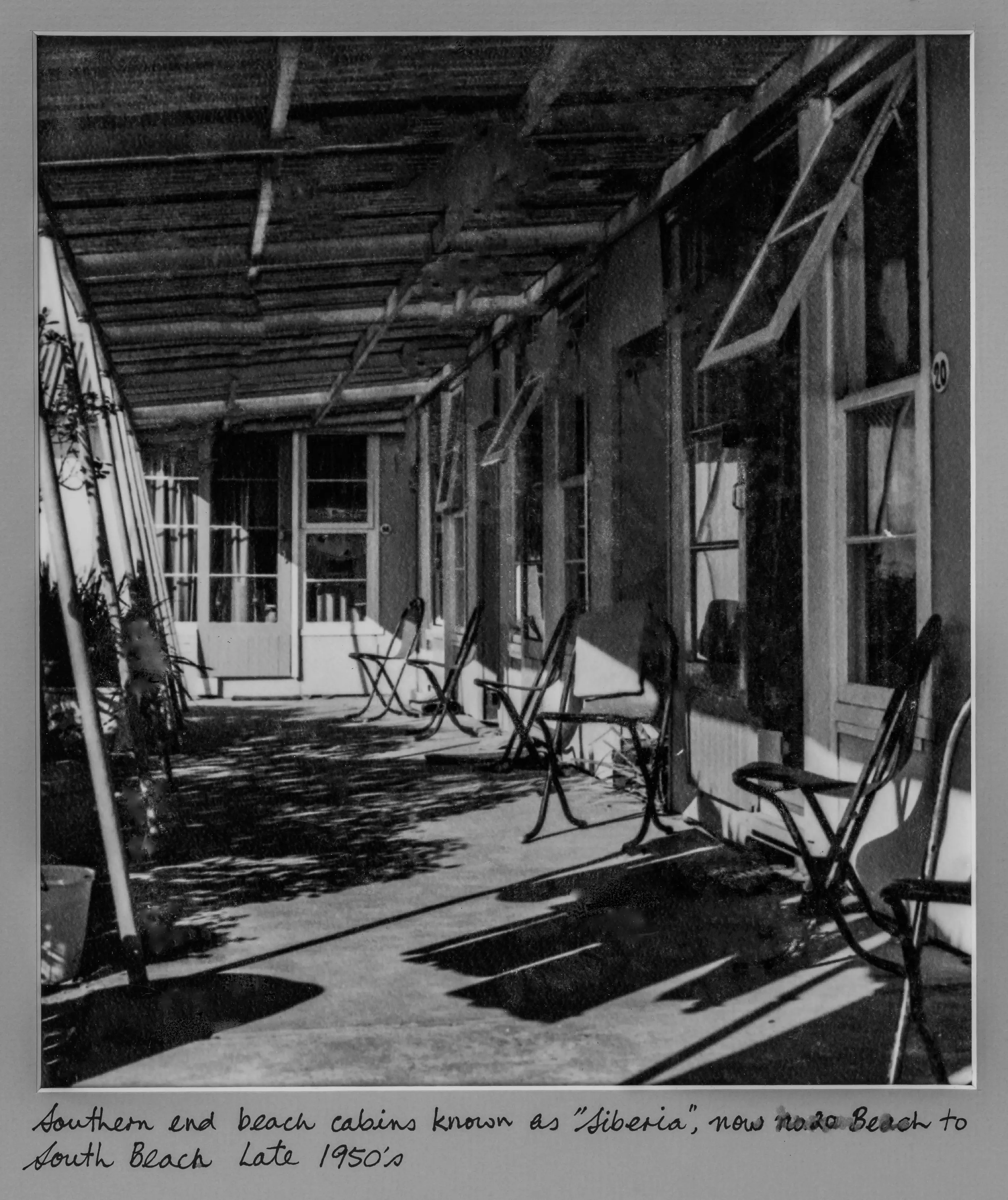
Southern End Beach Cabins
Known with a wink and a nod as “Siberia” , now number 20 Beach to South Beach - circa late 1950s

‟People who love to eat are always the best people”
- Marie Strachan

Celtic Kims
Haldane and Marie Strachan and their son Andrew (current owner) arrived at Kims in 1957 and eventually purchased the retreat from the Colonel who wished to retire. The name was changed to Kims on the Beach and later to Kims Beach Hideaway. Haldane and Marie Strachan were born in Scotland (Dundee and Aberdeen). Mrs Strachan passed away in 1993 but her Scots jam-making skill lives on in the kitchen. Guests can still sample such marvels as quince jelly, Seville orange marmalade, melon and pineapple jam and lime chutney that Mrs Strachan made famous. Moreover, if you've ever stayed at Kims on New Year's Eve, you'll enjoy the troop of kilted Scottish Pipers piping in the haggis.
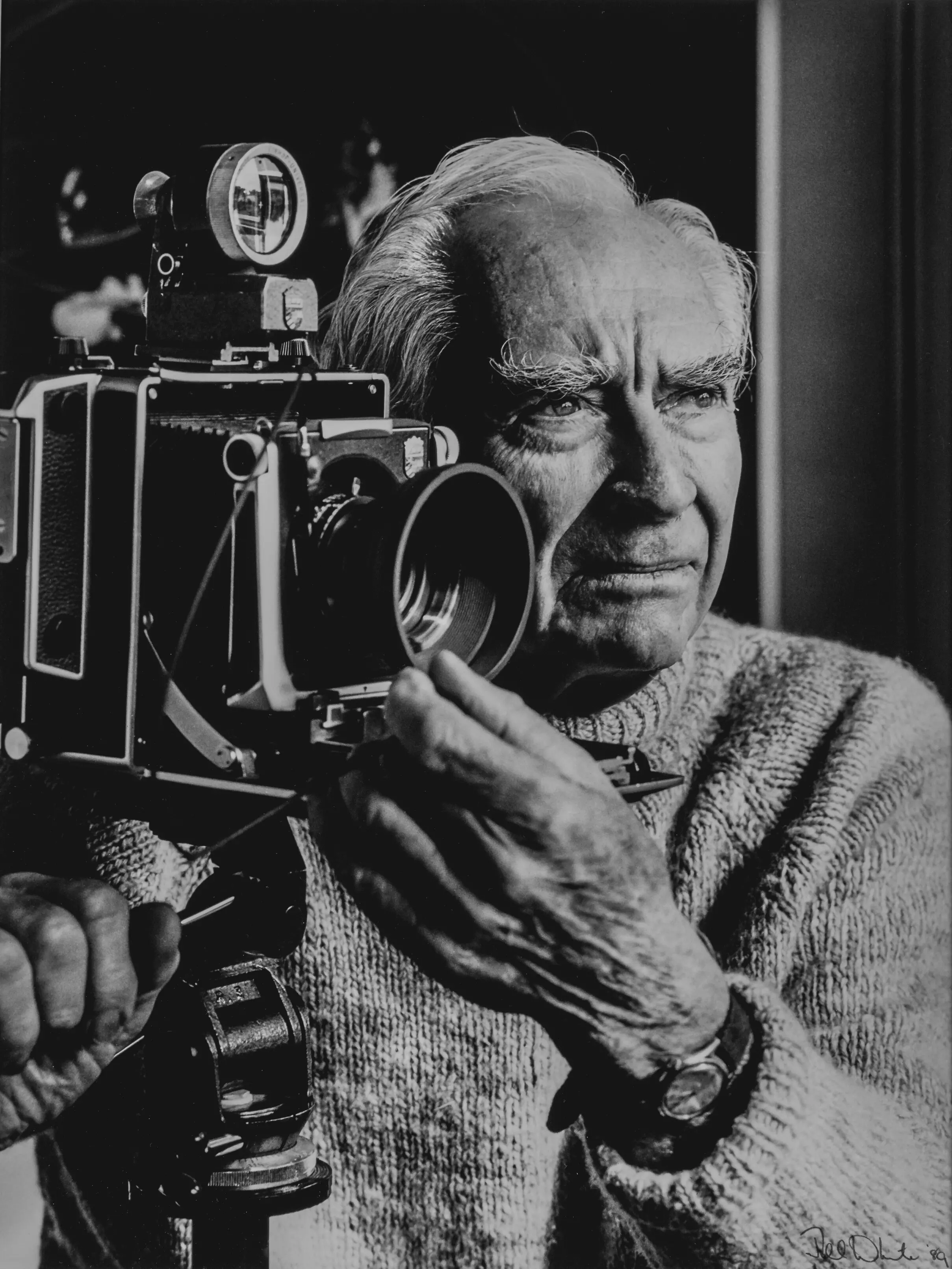
1950s - Max Dupain
A regular guest of Kims in the 1950s was the Australian renowned modernist photographer, Max Dupain AC OBE (22 April 1911 – 27 July 1992). Dupain, best known for his iconic 1937 photo Sunbaker, took numerous historic photographs of Kims and the local area. Many of these photographs are on display around the dining room and cocktail bar. (Note smiling families in broad hats, fishing and prawning on the fringes of the lake.) Kims later commissioned Max to take photos of Toowoon Bay, and again these are on display around the dining room and cocktail bar.
Nautical but Nice
The mast, set in the gardens in front of the dining room, reminds us of Kims' long connection with the sea, reaching back to Captain Charlson. This mast, however, is from the yacht Satin Sheets, belonging to Andrew Strachan, who at the time represented Australia in yachting. Andrew famously captained the winner of the Sydney to Hobart Race in a small 47-foot yacht Ninety Seven - the smallest boat to win the coveted prize since 1947. Many leading boats had to retire that year due to the huge seas. Andrew sailed on to win the race.
One year on a voyage back from Hawaii, Satin Sheets snapped her mast. Andrew quickly lashed it to the side of the yacht and ferried it home, eventually planting it in its present position. In the finest seafaring tradition, it's at this mast that Kims raises her flags every day. Along with Australia's flag, you'll find the national flags of inhouse guests, as well as special ensigns to honour national days – such as the Irish flag on St Patrick's day, or the French Tricolour on Bastille Day.
Andrew refreshes Kims seafaring connection by going to sea when time permits. But if you look carefully you'll find the Kims seafaring aesthetic in the cabins themselves, with their vanished timbers and porthole skylights and giant seashells. Indeed, in the evening, when you look north and see Norah Head Lighthouse winking at Kims through the long dark, do think of Captain Charlson.
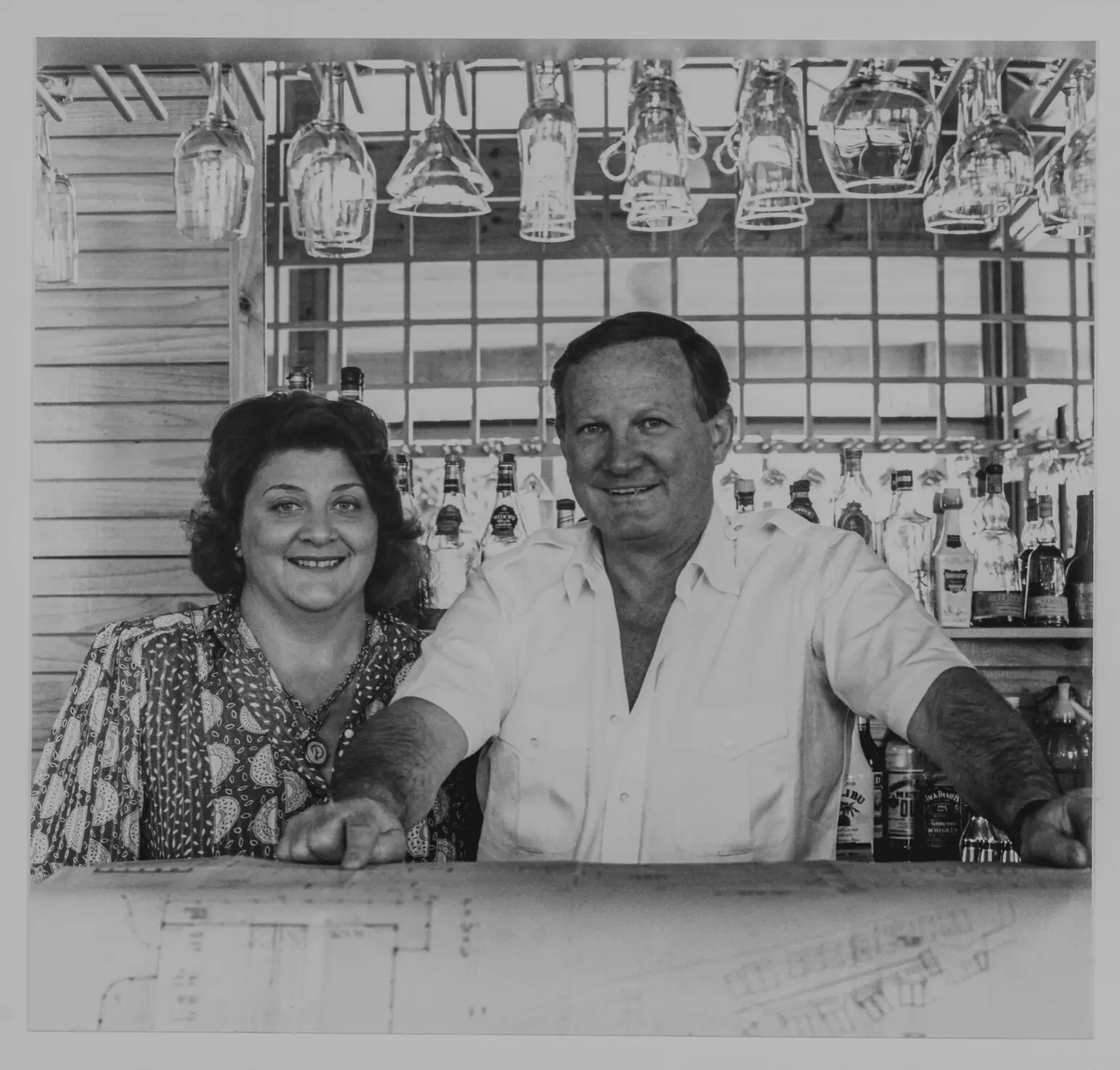
The Ship's Serving Erstwhile Captain
While Haldane and Marie Strachan manned Kims throughout the 1950s and 60s, son Andrew Strachan ultimately pursued a career in all aspects of hospitality, working for an international hotel chain before returning to Kims in 1972, with his wife Maryjane - who's discerning eye helped style Kims - to emerge as the international beachside resort that it is today. And many of the oriental and maritime touches come from Andrew's love affair with Japan and the sea. Ultimately, with so many celebrities staying at Kims to eschew the prying eyes of the media, the name was eventually changed to Kims Beachside Retreat.

Guess Who's Coming to Dinner?
During the 1970s and 80s, numerous celebrities wishing to eschew the long lens of the paparazzi discovered Kims. International music icons such as The Rolling Stones and Michael Jackson to ballet dancer and choreographer Sir Robert Helpmann, to composer and lyricist of Willy Wonka and the Chocolate Factory, Anthony Newley and numerous other international notables stayed at Kims over the years. So don't be surprised to see someone from the media in the cocktail bar or your favourite rockstar sunbaking on the beach or that bestselling author of that novel you're reading, in the dining room. For nigh on a century, celebrities have valued the chilled "hideaway" aesthetic of Kims.

1982 - Luxury Kims
In the early 80s Kims undergoes a transformation. New luxury lightfilled bungalows are created to bring a bespoke level of glamour to Kims. Andrew Strachan, working hand-in-hand with leading architects, oversees a new era of opulence for Kims, where luxury meets the sea
History will always shape the present.
Since 1981, Andrew’s niece Diana, and her husband, Peter Kershaw - whose passion for the sea manifests itself in a surfboard - operate Kims as general managers and directors. Their daughter Adelaide, a solicitor, and her new family, ensures the family legacy of Kims remains a treasured beach holiday resort for posterity.
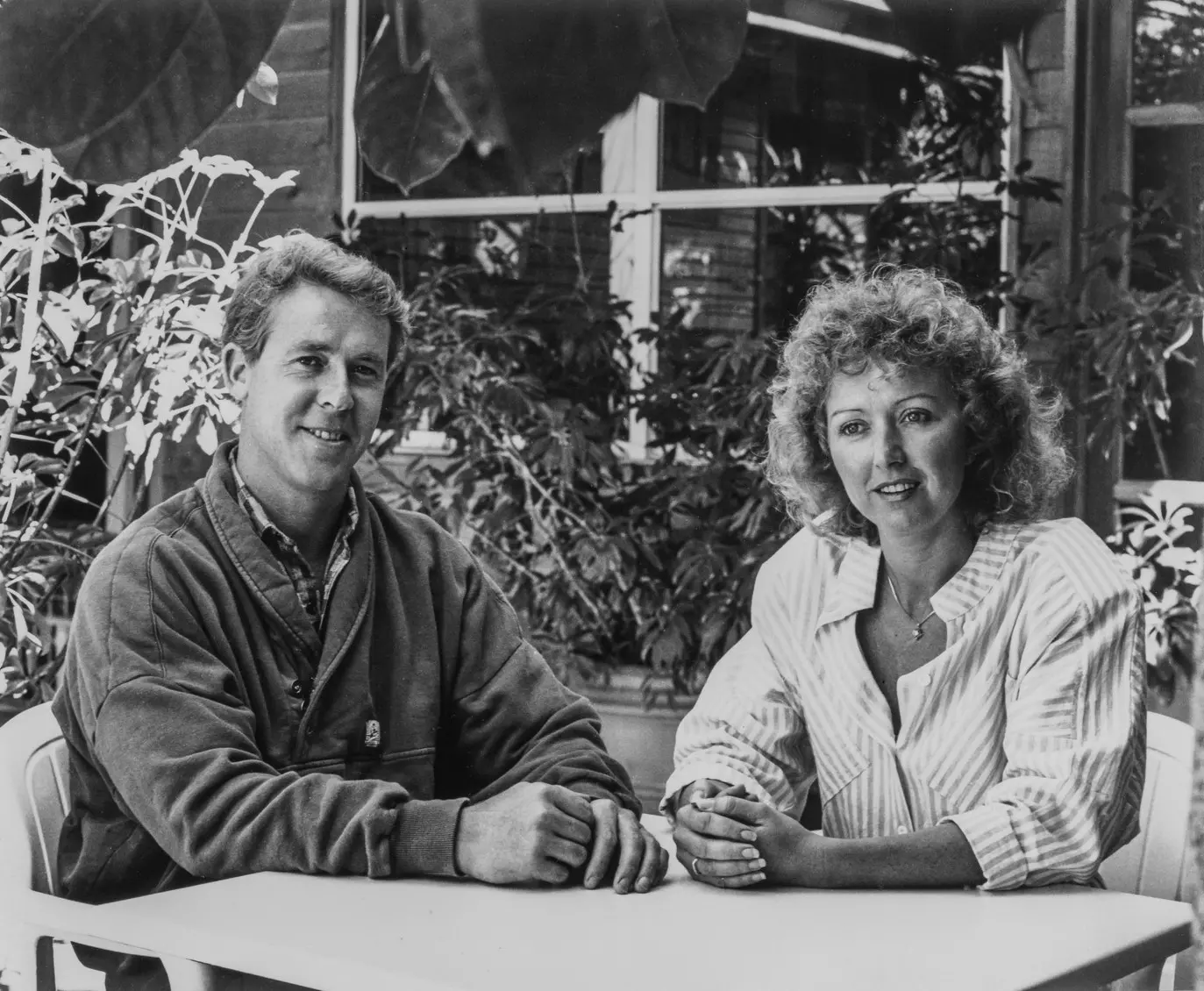
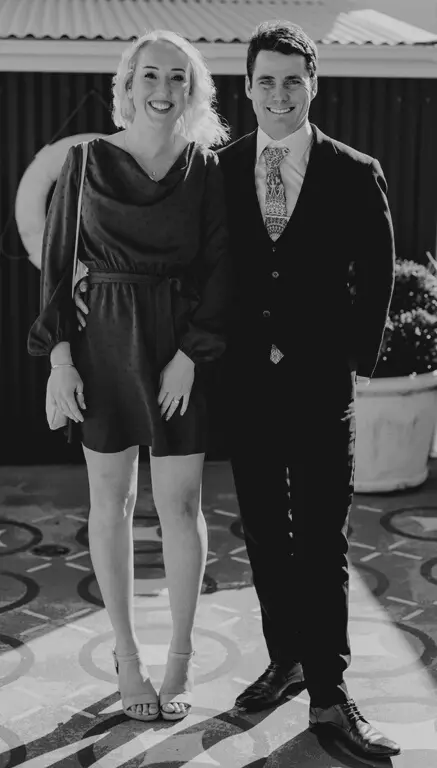

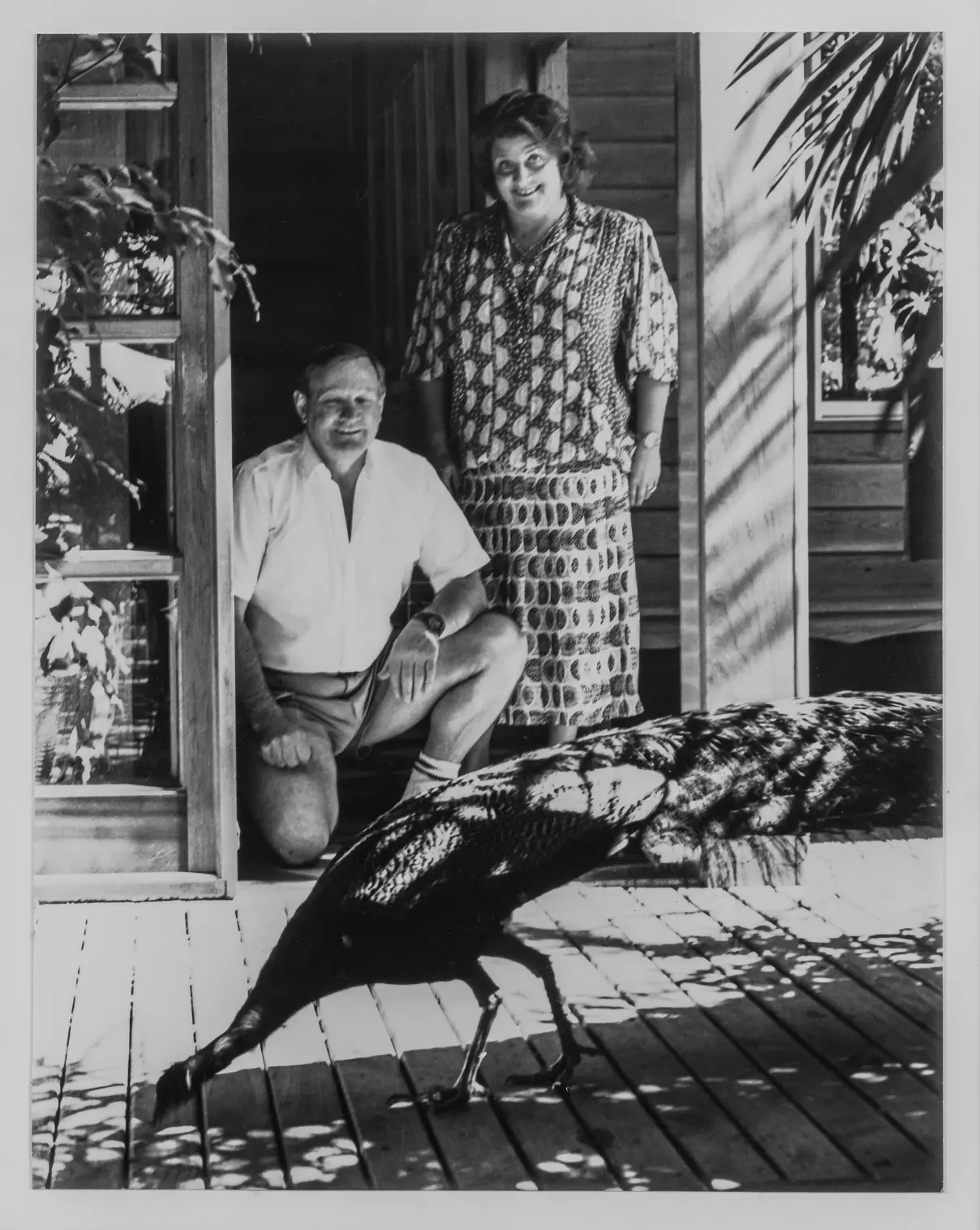
Kims Timeline of Ownership
- 1886
Captain Frans Charlson
- 1920s
McKimmins brothers
- 1940s
Colonel Hughes-Hallett
- 1950s - PRESENT
The Strachans-Kershaws (1980)
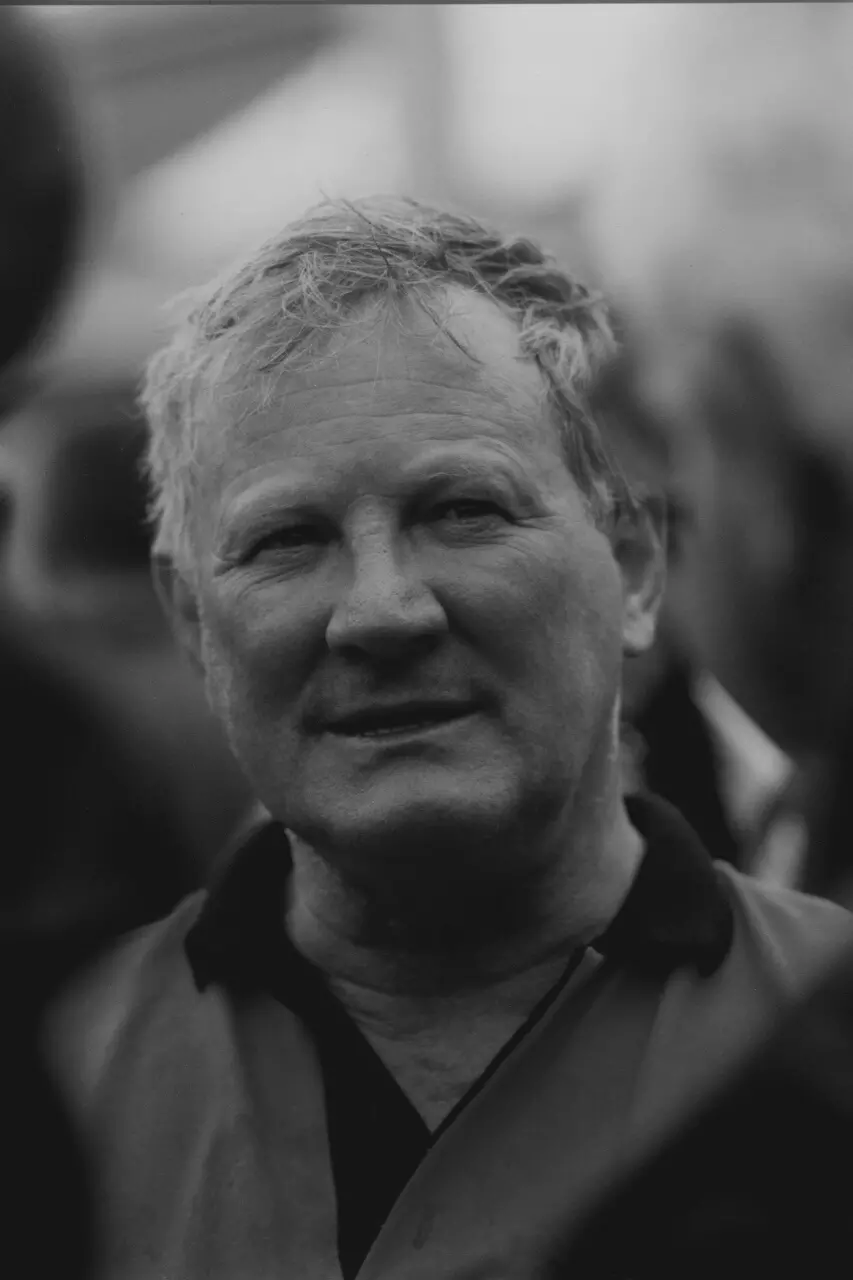
In Memoriam
Andrew Strachan was a shareholder of Kims since the early 1960s and the principal owner of Kims for over fifty years (1971-2022).
In 1993 he was the line honours winner of the gruelling Sydney to Hobart Race with his yacht, Ninety-Seven - the smallest yacht in the history of the race to take line honours since Solveig in 1953.
In 1994 he was Australian Yachtsman of the Year. Before Ninety Seven Andrew owned the yacht, Satin Sheets, with which he had multiple wins in various races.
In the 2000s, while retired from the rigours of sailing, saltwater still ran in Andrew’s blood. He restored the Tasmanian fishing trawler, Thalassa, and hit the brine any chance he got. Indeed, only days before his passing, Andrew delivered Thalassa from Tasmania to Sydney with his usual stoicism.
Andrew's spirit is everywhere you look in Kims. He is greatly missed.

‟There are some things you learn best in a calm, and some in a storm.”
- Andrew Strachan
Thanks for taking a stroll down memory lane with Kims!
